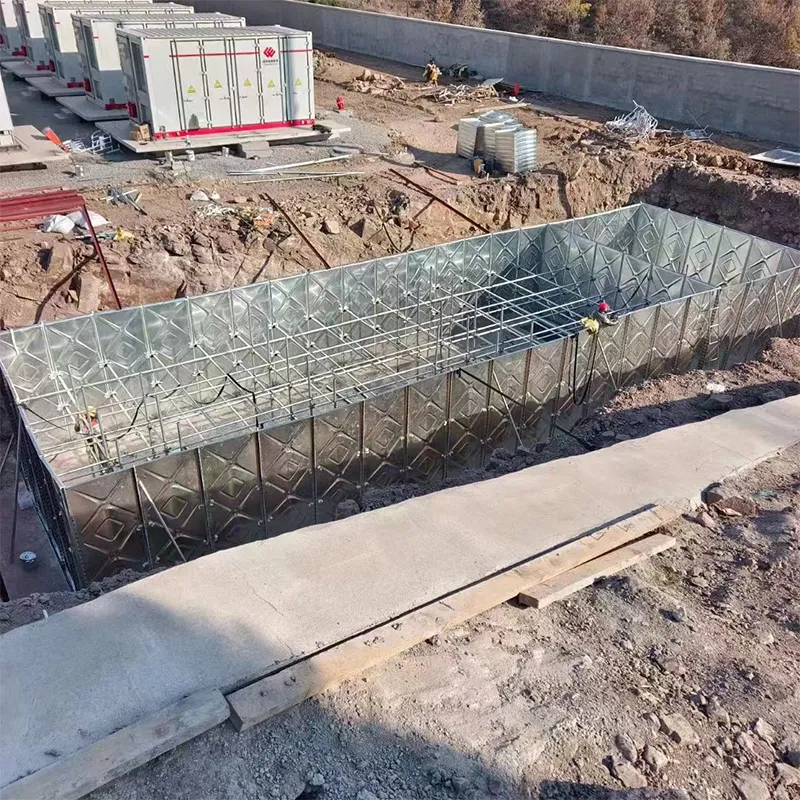loading...
- No. 9, Xingyuan South Street, Dongwaihuan Road, Zaoqiang County, Hengshui, Hebei, China
- admin@zjcomposites.com
- +86 15097380338
- Welcome to visit our website!
Innovative Applications of Molded FRP in Modern Construction and Design Solutions
Understanding Molded FRP The Future of Composite Materials
In recent years, the advancements in material science have given rise to a myriad of innovative products designed to meet the ever-changing demands of various industries. Among these innovations, Molded Fiber-Reinforced Polymer (FRP) composites have emerged as a game-changer. With unique properties that outperform traditional materials, molded FRP is quickly gaining traction across sectors such as construction, automotive, aerospace, and marine industries.
What is Molded FRP?
Molded FRP is a composite material that combines a polymer matrix with reinforcing fibers, usually glass, carbon, or aramid fibers. This combination yields materials that are not only strong and durable but also lightweight and corrosion-resistant. The molding process involves the shaping of the composite material into specific forms, allowing for a vast range of applications, from structural components to aesthetic finishes.
Manufacturing Process
The production of molded FRP involves several steps
1. Material Preparation The process begins with selecting the appropriate resin and reinforcing fibers. Common resins used include polyester, vinylester, and epoxy, each offering different properties and benefits.
2. Molding The prepared materials are then placed into a mold. Various methods, such as hand lay-up, spray-up, or compression molding, can be employed to achieve the desired shape and thickness. The use of molds allows for complex geometries that would be challenging to achieve with traditional materials.
3. Curing Once the materials are placed in the mold, they are cured through heat or chemical processes, resulting in a solid, durable component.
4. Finishing After curing, the molded FRP part may undergo further finishing processes, such as sanding, painting, or adding additional layers for enhanced properties or aesthetics.
Advantages of Molded FRP
Molded FRP composites offer several advantages over traditional materials
molded frp

- Lightweight One of the most significant benefits of FRP is its lightweight nature. This property allows for reduced transportation costs and improved fuel efficiency in automotive and aerospace applications.
- Corrosion Resistance Molded FRP materials are resistant to moisture, chemicals, and UV radiation, making them ideal for use in environments that would lead to rapid deterioration of metal components.
- High Strength-to-Weight Ratio Molded FRP possesses a high strength-to-weight ratio, providing structural integrity without the added bulk, which is especially important in aerospace and automotive sectors.
- Design Flexibility The molding process allows for complex shapes and customized designs, making FRP suitable for innovative and aesthetically appealing products.
- Energy Efficiency The production of molded FRP can be more energy-efficient compared to metals, contributing to sustainable manufacturing practices.
Applications of Molded FRP
The applications of molded FRP are vast and continually expanding. In the construction industry, FRP is used for building shells, bridges, and reinforcement materials. Its lightweight nature reduces the structural load, which can lead to cost savings in foundational requirements.
In the automotive sector, molded FRP components are utilized to create body panels, interior parts, and structural elements that enhance performance while reducing overall vehicle weight.
The aerospace industry benefits from the reduced weight and high strength of FRP, which leads to improved fuel efficiency and performance. Aircraft components, including fuselage and wings, increasingly incorporate molded FRP.
Moreover, the marine industry employs FRP for boat hulls and components thanks to its resistance to saltwater and other corrosive environments.
Conclusion
Molded FRP is revolutionizing the way industries approach material selection and product design. With its numerous advantages, including lightweight properties, corrosion resistance, and design flexibility, it's no surprise that molded FRP has become a go-to solution for many applications. As advancements in technology continue, molded FRP is poised to play an even more significant role in shaping the future of materials science, promising innovative solutions to meet the challenges of tomorrow's industries.
-
GRP Structures: The Future of Lightweight, High-Performance EngineeringNewsJun.20,2025
-
FRP Water Tank: High-Performance Storage for Corrosive and Clean Water SystemsNewsJun.20,2025
-
FRP Square Tube: The New Industry Standard for Chemical and Structural ApplicationsNewsJun.20,2025
-
FRP Pultruded Profiles: The Ultimate Choice for Lightweight Structural StrengthNewsJun.20,2025
-
FRP Handrails: The Safer, Smarter, and Stronger Choice for Modern InfrastructureNewsJun.20,2025
-
FRP Grating: The Smart Solution for Durable, Lightweight Industrial FlooringNewsJun.20,2025
-
Why Choose a Galvanized Water Tank for Your Storage NeedsNewsMay.21,2025
